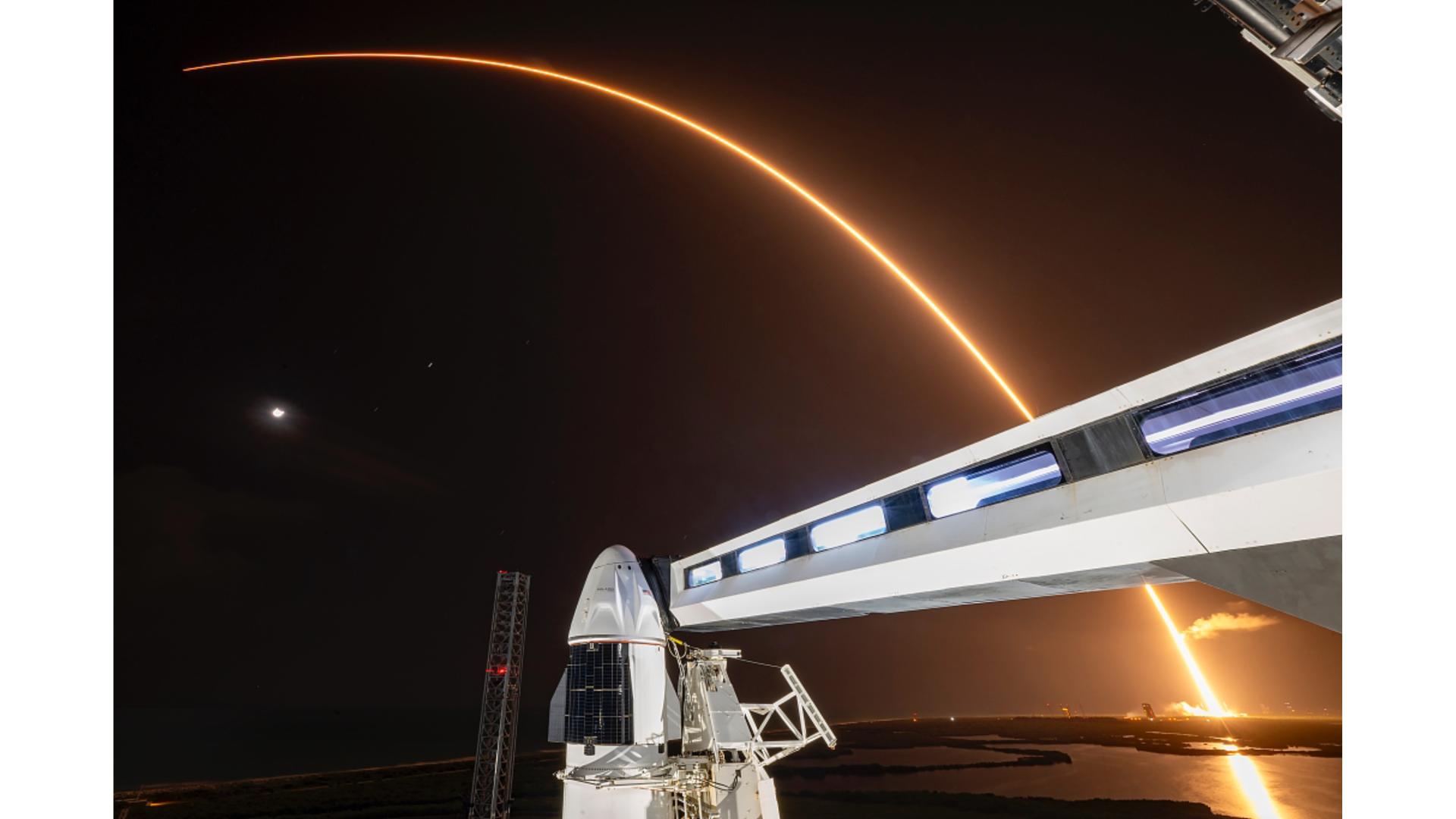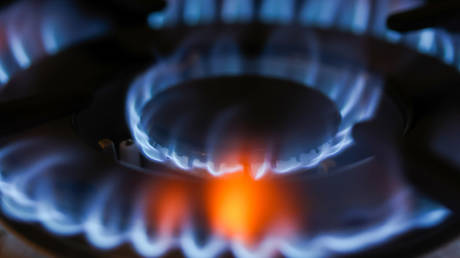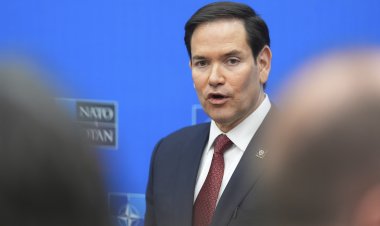FAA Approves Second Launch for SpaceX's Falcon 9
The FAA has approved the second launch of SpaceX's Falcon 9.

The Federal Aviation Administration (FAA) had suspended Falcon 9 operations on Wednesday after the first-stage booster toppled and exploded while attempting to land on a droneship off the coast of Florida.
Despite this mishap, the launch was a success overall, successfully placing the latest batch of 21 Starlink internet satellites into orbit.
"The SpaceX Falcon 9 vehicle may return to flight operations while the overall investigation of the anomaly during the Starlink Group 8-6 mission remains open, provided all other license requirements are met," the FAA stated on Friday.
A livestream from Elon Musk's company depicted the first stage, which typically uses its thrusters to land upright, leaning and exploding as it approached the droneship.
While landing the booster is a secondary goal and there were no risks to lives or public assets, the reusability of the entire rocket system is essential to SpaceX's business strategy.
This occurrence ended a streak of over three years comprising hundreds of successful booster landings.
The Falcon 9 serves as the backbone of SpaceX's fleet, relied upon by the U.S. government and private sector to launch satellites and astronauts into orbit.
The rocket had previously been grounded for approximately two weeks in July due to a second stage engine anomaly that disrupted the deployment of another batch of Starlink satellites at the intended altitude, leading to their incineration during re-entry through Earth's atmosphere.
Looking ahead, SpaceX has two significant missions coming up. The first, the Polaris Dawn mission, aims to take a crew of private citizens on a historic commercial spacewalk, marking an industry milestone. This launch, which had been scheduled for an earlier date, has been delayed due to challenges with ground systems and unfavorable weather.
In late September, SpaceX is also planning to launch Crew-9, sending two NASA astronauts to the International Space Station. This mission aligns with a larger initiative to bring the Boeing Starliner's test flight crew back to Earth in 2025 after their extended duration in space.
(With input from AFP)
Thomas Evans contributed to this report for TROIB News
Discover more Science and Technology news updates in TROIB Sci-Tech












